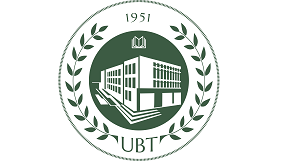KAMRANI MORTEZA1*, ASGHAR EBADI1, MANOOCHEHR SHIRI1
|
1*Department of Plant Science, Moghan College of Agriculture and Natural Resources, University of Mohaghegh Ardabili, Ardabil, Iran.
Abstract Assessment of genetic variability and relationships among traits are basic steps in crop improvement programs. The objectives of this research were to estimate genetic parameters in durum wheat genotypes and to investigate the interrelationships among agronomic traits using the genotype × trait biplot methodology. Fifty durum wheat (Triticum turgidum L.) genotypes were studied in a randomized complete block design with three replications under irrigated and rainfed conditions during 2013–2014 growing season. Significant (P > 0. 01) genetic variation for all traits was observed in both irrigated and rainfed conditions apart from total tiller per plant (TT) and fertile tiller per plant (FT), which were not significant in irrigated conditions. Biological yield (BY) showed the highest values of phenotypic and genotypic coefficients of variations and expected genetic advance under rainfed conditions. The highest heritability in a broad sense was observed for grain weight per spike (GWS) followed by stem weight under rainfed conditions. The biplot vector view indicate that there was a strong positive association between grain yield (GY) with BY and thousand kernel weight (TKW) in both conditions. According to polygon view genotypes G11 and G10 were the most favorable genotypes for GY, BY and TKW under irrigated and rainfed conditions, respectively.
Keywords: Durum wheat, expected genetic advance, genotype by trait biplot, heritability in a broad sense. |
